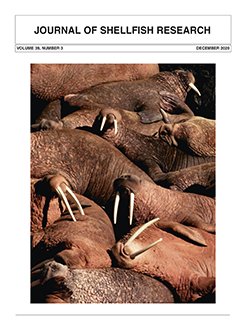Oyster habitat restoration seeks to recover lost ecosystem services including increased provisioning of refuge and foraging habitat for fish and invertebrate communities. The goal of this study was to quantify the ecosystem service benefit of habitat provisioning in Ninigret Pond, RI, following oyster restoration. Four metrics were measured, abundance, biomass, species richness, and diversity, as well as isotopic composition in fish and invertebrates collected seasonally from restored oyster, aquaculture, and bare sediment sites, to examine whether the oyster habitat outperformed the bare sediment habitat. Sampling locations were chosen in Foster's Cove north and south, Grassy Point, South Sanctuary, and an Aquaculture lease; each had two restored oyster sites and one bare sediment site. Each site was sampled using a box trap, seine net, shrimp trap, and minnow trap. Oyster habitats had significantly greater metrics than did bare sediment habitats in some comparisons from the box trap and seine net samples. Restored oyster sites at South Sanctuary had lower metric values than the other oyster sites. Metrics from the Aquaculture sites were comparable to the Foster's Cove and Grassy Point restored oyster sites and often outperformed South Sanctuaryrestored oyster sites. Seasonally, spring and autumn samples tended to have higher abundance and biomass values than summer samples. Isotopic composition of five species occurring at both restored oyster and bare sediment sites demonstrated some differences in the trophic levels between species but not between habitat types. In Ninigret Pond, fish and invertebrate abundance, biomass, species richness, and diversity benefit from the use of oyster and bare sediment habitats. Coastal zone managers interested in restoring the ecological function of oyster reefs to support fish and invertebrate communities should consider strategically locating restoration projects within the mosaic of structured habitats and monitoring them for selected ecosystem services.
How to translate text using browser tools
28 December 2020
Habitat Benefits of Restored Oyster Reefs and Aquaculture to Fish and Invertebrates in a Coastal Pond in Rhode Island, United States
Suzanne Ayvazian,
Anna Gerber-Williams,
Sinead Grabbert,
Kenneth Miller,
Boze Hancock,
William Helt,
Donald Cobb,
Charles Strobel
ACCESS THE FULL ARTICLE

Journal of Shellfish Research
Vol. 39 • No. 3
December 2020
Vol. 39 • No. 3
December 2020
aquaculture
habitat preference
Nekton
oyster reef
restoration




